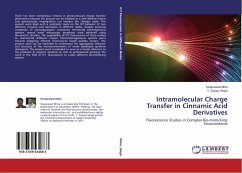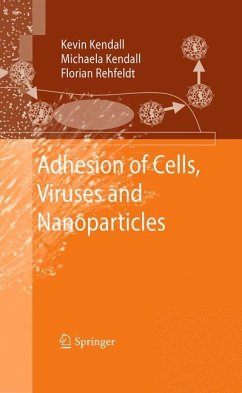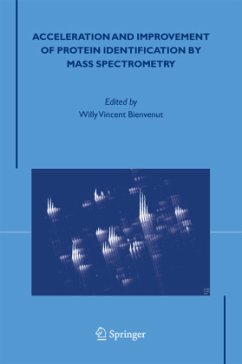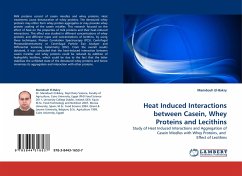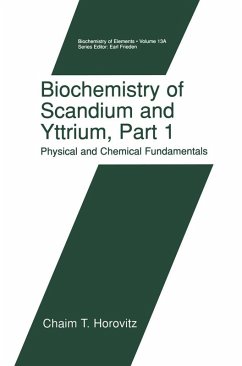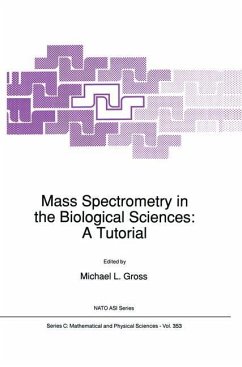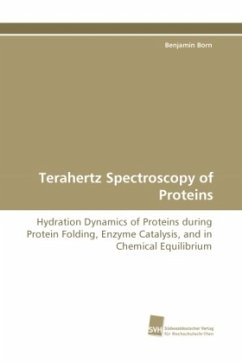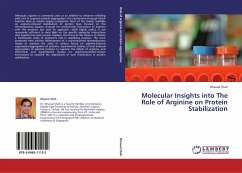
Structural Thermodynamics of Peptides and Proteins
The Influence of Desolvation/Ionisation on the Retention of Solution Phase Structural Features
Versandkostenfrei!
Versandfertig in 6-10 Tagen
52,99 €
inkl. MwSt.

PAYBACK Punkte
26 °P sammeln!
Mass spectrometry is one of the most versatile and important analytical tools available to proteomics research today. However, the suitability of this technology for the collection of meaningful structural information which can be related to in vivo function is still the subject of some debate. This book examines the structural and thermodynamic properties of a series of small peptides and proteins to illustrate the influence of desolvation/ionisation on their structural features and to investigate the utility of mass spectrometry for experimental studies of this nature. An integrated analytic...
Mass spectrometry is one of the most versatile and important analytical tools available to proteomics research today. However, the suitability of this technology for the collection of meaningful structural information which can be related to in vivo function is still the subject of some debate. This book examines the structural and thermodynamic properties of a series of small peptides and proteins to illustrate the influence of desolvation/ionisation on their structural features and to investigate the utility of mass spectrometry for experimental studies of this nature. An integrated analytical approach involving charge partition calculations, capillary-induced thermal degradation, gas phase hydrogen/deuterium exchange and collision induced dissociation is used to obtain a consensus view of the structural organisation of each analyte. Supporting evidence is presented from antimicrobial assays, molecular modelling/dynamics simulations, circular dichroism and fluorescence spectroscopy and ion mobility mass spectrometry. This book is intended for scientific professionals who have active research interests in peptide and protein structural analysis by mass spectrometry.



